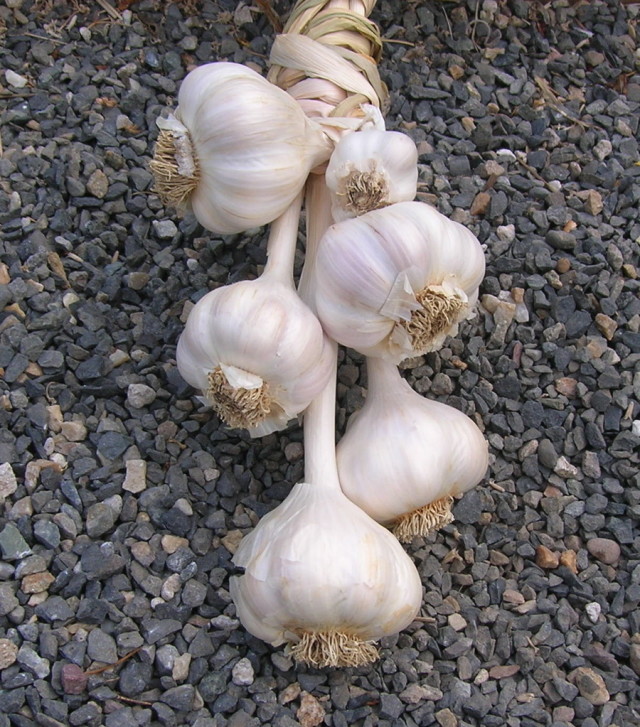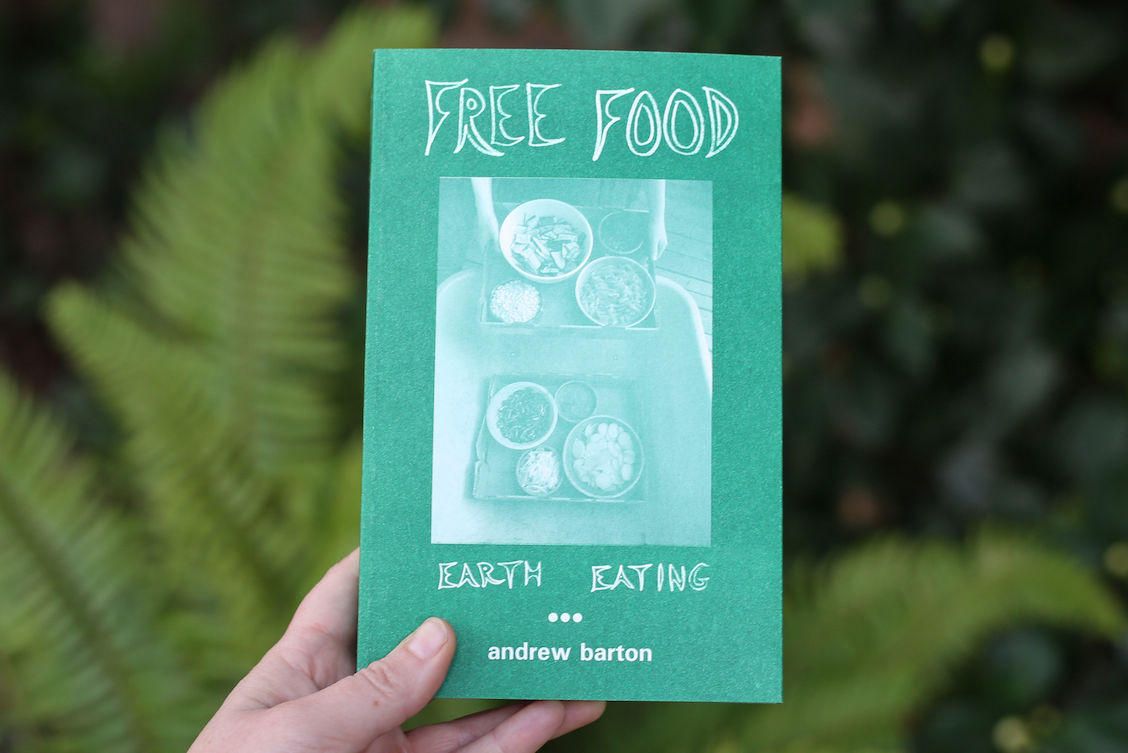Get Garlic Now!

Image: Kate Bryant
Garlic is surely among the easiest and most gratifying vegetables to grow. Garlic takes up minimal space, grows over the winter when there's less competition for garden space, and is extremely easy to grow if its basic requirements are met. From the cook's perspective, it's a most useful and versatile vegetable, with many different cultivars offering a diversity of flavors, sizes and storage qualities.
Fresh garlic "seed" (bulbs) are now available at local nurseries and it's time to pick out your favorite varieties and prepare the ground for planting.
The best time to plant garlic is from late October through late November.
Here's what you can do now to get started:
- Buy your garlic. The selection of varieties is at its peak right now, and you can pick out heads of garlic with the fattest, plumpest cloves. Large cloves make the largest heads of garlic next year (set aside small cloves to eat fresh, dry, pickle or plant tightly together for greens in the springtime). Make sure the heads of garlic feel heavy, not dry and light-weight. Do not break cloves off until directly before planting.
- Figure out how much space you need for your garlic. To determine how much space to set aside, note that it's best planted about 5 to 6 inches apart. If you eat a lot of garlic over the course of the year, you may want to plant a little more than you think you need!
- Prepare the soil. As soon as you have cleared space in the garden, dig over the area where you'll be planting your garlic and incorporate any soil amendments, fertilizers or minerals you wish to add. Garlic grows best in well-draining, loamy, fertile soil with a pH level between 6 and 7. Amend with store-bought/kitchen/leaf compost or manure (give it a few weeks to mellow before planting if manure is still hot). I scratch in a few handfuls of a mixed micronutrient and slow-release organic fertilizer in my beds every fall, as well. Inquire at your favorite local nursery (Naomi's Organic Farm Supply or the Urban Farm Store are especially helpful with soil amendments) for specific instructions. Also, it's worth mulching your garlic beds after planting. I like to use leaves that have been chopped up in the lawn mower, grass clippings or aged straw.
For more garlic planting details, with resources, read this piece I wrote last fall on selecting and planting garlic.




